Digital Nomad & Expat Life in Kuala Lumpur: What Is It Like?
You’ve probably heard about Kuala Lumpur’s vibrant economy, low cost of living and hospitable local people who make you feel at home right after arrival. Life in Kuala Lumpur differs a lot from the rest of the country and in some ways resembles the most modern cities in the world.
A lot of workers from different countries head to the capital of Malaysia with a goal to create a better life, get exposed to new opportunities or just experience something totally new. We were like that too. We actually gave it a try this past April (when still on our trip around the world) and flew to Kuala Lumpur to check the city out and see if it’s comfortable enough for two of us to live there.
Below is the list of all the observations we made about life in Kuala Lumpur.
If you are flying there for the first time, I have a post about the tips on how to transfer from Kuala Lumpur airport to the city.
Why Move to Kuala Lumpur?
When we were thinking to move and live in Kuala Lumpur, we were asking the same question. And then during our time there, we learned that those expats who move to the capital of Malaysia usually have the same reasons.
People who choose life in Kuala Lumpur do that because of the eternal summer, the ability to have a very nice accommodation for adequate money, eat delicious food and have the opportunity to travel around Asia. And to be able to spend a year or two in one of the safest countries in Asia as expats while exploring the Southeast Asia continent. It’s so easy to fly for a weekend in Bali, for a coffee break in Vietnam or one of the beaches in the Philippines.
Other than that, not much to add. Kuala Lumpur is an ordinary Asian metropolis with not many special attractions.
Malaysia is ideal for those who are tired of cold slushy winters and who want to have a western world lifestyle without paying much for it.
Cost of Living in Kuala Lumpur
Price of an Apartment for Rent in Kuala Lumpur

Housing in Kuala Lumpur, unlike a lot of other metropolises, has a large selection and affordable prices. More and more apartment complexes are built each year, so finding a home is never a problem.
Expats usually live in KLCC – Kuala Lumpur City Center. The cost of renting an apartment here starts from 1300 ringgit (€282 or $310) and 560 ringgit (€121.5 or $136) for a room. There are a lot of good housing options in this area. Almost all apartment complexes have a gym, pool, barbecue area, cool common lounge, security desk, and office.
Renting a home in Kuala Lumpur is easy and quick. A lot of our friends who live in KL use Mudah.my site to find a flat. If you are also in search, take a look.
For 2500 ringgit (€542.5 or $598) you can rent a studio with an area of 33 square meters in an elite residential complex with everything I mentioned above. For the same amount, you can rent a two-story apartment in a new but more basic and simple building. There will also be a swimming pool, gym and relaxation area but nothing extraordinary. Prices, as probably everywhere else, depend on the length of your stay. The longer you stay, the less you pay per month.
You can also find cheaper accommodation. For instance, a very nice studio in a simpler house will cost around 1700-1800 ringgit. However, the only problem with cheaper housing is the neighbors.
TIP: The apartment lease must be stamped at a special real estate agency. Usually, the realtor does it but you need to double-check on that. Also, remember, if you signed a contract where it says you are supposed to live until the end of the calendar year, and you decide to move out in October, you will have to pay for the remaining 2 months. And the owner is not able to evict a bona fide tenant ahead of time under any circumstances.
Cost of Utilities
Besides the rent, you need to pay for water and electricity every month (and sometimes for sewerage). On average, 200 ringgit (€43.5 or $48) goes for a studio if using an air conditioner at night and a washing machine a couple of times a week and drying clothes twice a month. Water is very cheap, we paid less than $10.
Another expense you have is a housing tax. You need to pay it every six months and it’s about 100-150 ringgit.
Additionally, you pay for Wifi to the landlord or set it up by yourself. If you do it, expect to pay about 460 ringgit (€100 or $110) for the installation and 52 ringgit (€11.3 or $12.5) a month for usage.
Food cost in Kuala Lumpur
Local food in Kuala Lumpur is usually rice with chicken in different variations or noodles with chicken. Food is often spicy and greasy, but it is always cheap. Rice with chicken in a street cafe will cost 5-7 ringgit (€1.1-1.5 or $1.2-1.7).
Those who want something more interesting can find a lot of other different Asian foods: Thai, Indonesian, Indian, Chinese, Japanese, etc. These dishes will cost a bit more but still very reasonable prices, especially for someone who comes from the western world country.
When you get tired of eating Asian food, you can find European. There are various cafes with steaks, burgers, pizzas, and pasta. But in our experience, none of it was nearly as good as back home. And it’s pretty expensive.
The meat is expensive because it is imported from Australia. Dairy products are not common and are pricey too. By the way, Malaysia is a Muslim country, so all supermarkets have a halal department. Alcohol is also expensive: a glass of wine costs an average of 35 ringgit (€7.6 or $8.4). A bottle in a supermarket starts at 60 ringgit.
What we personally like is how many cute cafes that serve delicious breakfast and coffee Kuala Lumpur has. There is a lot to choose from and prices range between 15-35 ringgit for breakfast and 8-12 ringgit for a coffee drink.
What is Kuala Lumpur Like?
I know it will sound cliche but let me say it. Kuala Lumpur is a city of contrasts, based on the architectural, climatic, financial as well as on a social point of view. Buildings of different styles and eras stand next to each other, it can be unbearably hot and cloudy at the same time, and the population consists of more than ten different nationalities. With a rather modest, especially for the capital, size of the city, a lot of people wonder how everything can be combined here so well.
Kuala Lumpur strives to become second Singapore in organizing urban development, business development and economic growth. The capital is the country’s main city for travel, shopping, and gastro tourism. If you ask locals what they do in their free time, the most common answer will be: “We go out to shopping centers to eat and go shopping.”
The people here are friendly and always ready to help. Each Malaysian is proud of the region of his origin and will surely tell you what to try in his hometown.
When you are living in Kuala Lumpur as an expat, you sometimes forget that the state religion of the country is Islam and all born Malays are Muslim. Because local people treat representatives of other cultures with respect and without strict requirements for a dress code. In general, Kuala Lumpur reminds me of Istanbul when it comes to religion. The city is quite modern and open-minded, and even some local people are more relaxed about their own style, not to say about foreigners’.
Salaries and Malaysia Taxes
The state currency in Malaysia is the ringgit. 1 ringgit = $0.24 or €0.22
According to the experience of my colleagues and friends, expats earn on average $2000–$3000. However, this is the salary of auditors, web developers, and programmers. For comparison, the average salary of local residents is 4,000 ringgit ($957 or €870). Expats have higher salaries because all of them are mainly highly qualified specialists.
Income tax is calculated on a regressive scale. It applies to everyone who lives and works in Malaysia, not just expats. In the first year, residents pay 28% of their income but with every subsequent year the tax goes down.
A tax rate of 30% applies to capital gains from operations with real estate owned by foreigners if the property was sold within four years from the date of purchase.
The standard tax rate on goods and services is 0% from June 1, 2018.
Transportation in Kuala Lumpur
Public transport plays an important role in Kuala Lumpur and by all means, is developed quite well. It includes KTM commuter trains, LRT metro rail, KL Monorail monorail, KLIA Airport trains, city buses, and taxis.
Most public transport in Kuala Lumpur is owned by the government company RapidKL. On their website, you can find routes, timetables, fares, prices as well as the Journey Planner system which lets you plan your route and tells exactly which transportation to take and how much it will cost.
KTM Commuter Trains
Two KTM lines connect the central, northern and southern parts of Kuala Lumpur with suburban areas. KTM trains leave every 10-15 minutes. The main station where the KTM lines intersect with the LRT metro lines is KL Sentral. But there are several more stations where you can make a transfer.
You can purchase tickets for a period of one day to a month in special kiosks and vending machines.
KTM opening hours in Kuala Lumpur are from 5:30 to 0:00.
LRT Rail
LRT rail has three lines that connect almost all of Kuala Lumpur. Most metro stations are aboveground and only a few are underground.
The main stations where you can make a transfer are the KL Sentral and Masjid Jamek stations.
Monthly tickets and LRT tokens are sold at ticket offices and special machines at stations. The machines accept both coins and banknotes. The choice of the English language, among others, is available. During rush hour, long lines near machines are possible.
The fare on LRT, depending on the number of stations, varies from about 1 ringgit to 3 ringgit (0.20-0.60 euros). As a rule, the first station will cost 1 ringgit (0.20 euros), and the next ones – up to 0.30 ringgit (0.06 euros) for each.
Tickets and tokens must be kept during the trip: they will be required to exit the station!
Hours of operation of the LRT in Kuala Lumpur are from 6:00 am to 11:30 or 12 pm, depending on the station.
KL Monorail
KL Monorail runs in the very center of the city that is very convenient for tourists. Altogether there are 11 stations on the route, and the route is less than 9 km long.
The fare depends on the distance and ranges between 1.2 ringgit to 2.5 ringgit.
Opening hours of KL Monorail are from 6:00 am to 11:30 or 12 pm, depending on the station.
City Buses
City buses in Kuala Lumpur, by far, are the weakest link in the city’s public transport network, despite many routes and low fares.
The reasons for that are serious traffic jams on the city streets, they are always crowded, there is no information in English, and the information about the routes is too confusing. But public transport in Kuala Lumpur includes tourist buses, both paid and free, such as Hop on Hop off and GO KL City Bus.
Everyone probably knows what Hop on Hop off buses are. GO KL City buses are a very decent free alternative to the Hop-on/off option. Go KL buses run on four routes every 5-15 minutes from 6:00 to 23:00 (Friday and Saturday until 01:00). If you are in those areas, feel free to hop on them too.
Taxi in Kuala Lumpur
When it comes to taxis in Kuala Lumpur, there are a few things to remember. On the one hand, all taxis have meters and if going by a meter, prices are dirt cheap. On the other hand, though, it’s somehow difficult to find a taxi driver in Kuala Lumpur who has his meter on (strange), especially in the area of tourist attractions.
The estimated taxi fare for a taxi in Kuala Lumpur is as follows: 3 ringgit (0.60 euros) for the first kilometer, then 1 ringgit (0.20 euro) for each extra kilometer. When driving “in traffic jams” (which are quite frequent in Kuala Lumpur), payment is 3 ringgit (0.60 euros) for the first three minutes, then 0.30 ringgit (0.06 euros) for each minute. At night, the rate goes up slightly.
We personally were using Uber. After a few unsuccessful attempts to find a taxi with a meter on, we switched to Uber completely and every time we were happy with the service.
What to Remember When Thinking About Moving and Living in Kuala Lumpur
Skyscraper Lifestyle
Before our trip to Kuala Lumpur, we’ve heard that skyscrapers were ruling the sky. But we thought they were mainly in downtown. As it turned out, contemporary architecture and tall buildings are very common even on the outskirts of this city. To me, KL in some way reminds Doha in Qatar.
If you are coming to Kuala Lumpur as a digital nomad or with a goal to find a job and live as an expat, most likely you will be renting an apartment in a multi-store condominium. All of them are alike. Depending on the price of your rent, the variety of amenities is going to differ from one complex to another. Almost all condominiums have pools (although not on the rooftop), gyms, private parking and security. Some others have a public patio, garden, and even its own grocery store.
You are odds-on to be working in a skyscraper, relaxing in a sky bar or sky restaurant and coming home to your apartment on the 45th floor.
Sure, on some weekends you may be visiting museums or walking around the mosques, but overall your life in Kuala Lumpur is going to be all about the shiny bodies of glass.

Tropical Rainforest Climate
If you are from the U.S. and haven’t been to Kuala Lumpur yet, try to think about Florida in summer to understand what type of climate awaits you there. There are no swamps or alligators, but the same palm trees and extreme humidity.
Living in a tropical climate is definitely not for everyone. Enjoying warm sunny days is one thing, but being able to tolerate waves of heat and humidity is a totally different story.
Sticky shorts and sweat streams through the body may not be of your concern if you are spending time in any tropical country, including Malaysia, as a traveler. It becomes a real problem when you need to wear a suit to your work and spend a lot of time away from AC. We’ve been there and know how it feels. Awful.
With a stable temperature above +30ºС, the humidity accompanying rain is simply unbearable. Once you go outside, after only a couple of minutes you want to return to the air-conditioned room. Although the sun comes out extremely rare and almost always the sky is covered by dense gray clouds, it does not make the weather any better. So you have to walk all day in clothes sticking to the body. Honestly, it is very uncomfortable.
Every day of the year in Kuala Lumpur is either hot or hotter. I don’t think the temperature ever goes below 30C degrees (86 degrees Fahrenheit) and humidity below 80 percent. No matter what clothes you put on, be ready to sweat once you step outside. If you live far from the metro or bus stop, your only option will be to call uber or get a taxi. Sometimes even walk from the gate of your apartment complex to the bus or subway stop can make you break an awful prickly pit sweat. Ugh. Definitely not everyone’s cup of tea.
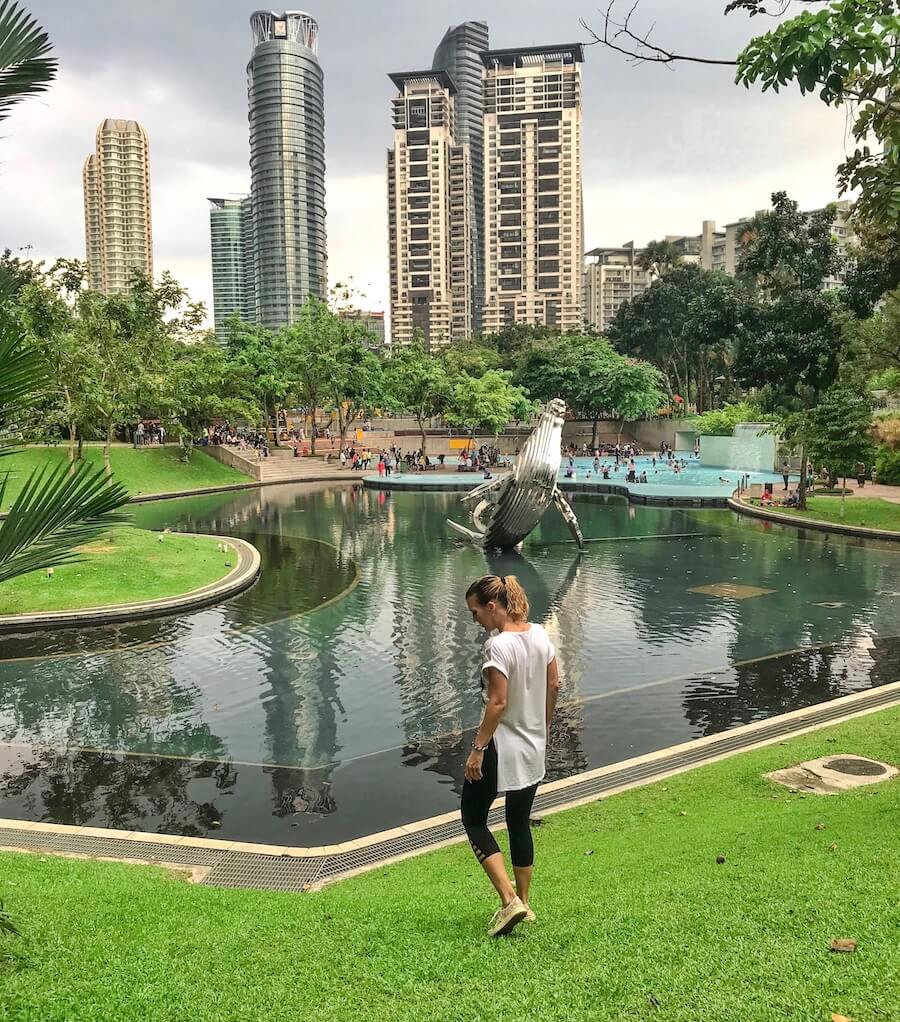
Rooftop Pool and Bar Life
This lifestyle is very prominent in Kuala Lumpur. Numerous hotels and more expensive condominiums constantly offer usage of pools, bars, and restaurants to outside guests. And they are not really expensive. Someone on a budget can easily check out quite a few of them.
A lot of expats and locals love hitting those places at the end of the working day or during the weekends. Really, it is understandable why. Due to the climate, it’s difficult to be spending lots of time outdoors. Chillaxing moments near the pool help to escape the heat. Lively music, freshly squeezed juice and cool vibes at the rooftop bar help to refresh the energy.
No doubt, Kuala Lumpur has some parks, gardens and even hiking trails to offer to nature lovers. But most of them are located on the outskirts or outside the city and you would need to have some type of vehicle to travel to those destinations. And trust me, you won’t be having time and desire to do sightseeing on a regular basis.
When it’s raining (what happens often) or is simply too hot (what happens even more often), you’ll want to stay inside with AC round the clock. Expect shopping malls, cinemas, hangouts with your peers at the pool or bar to become part of your life.
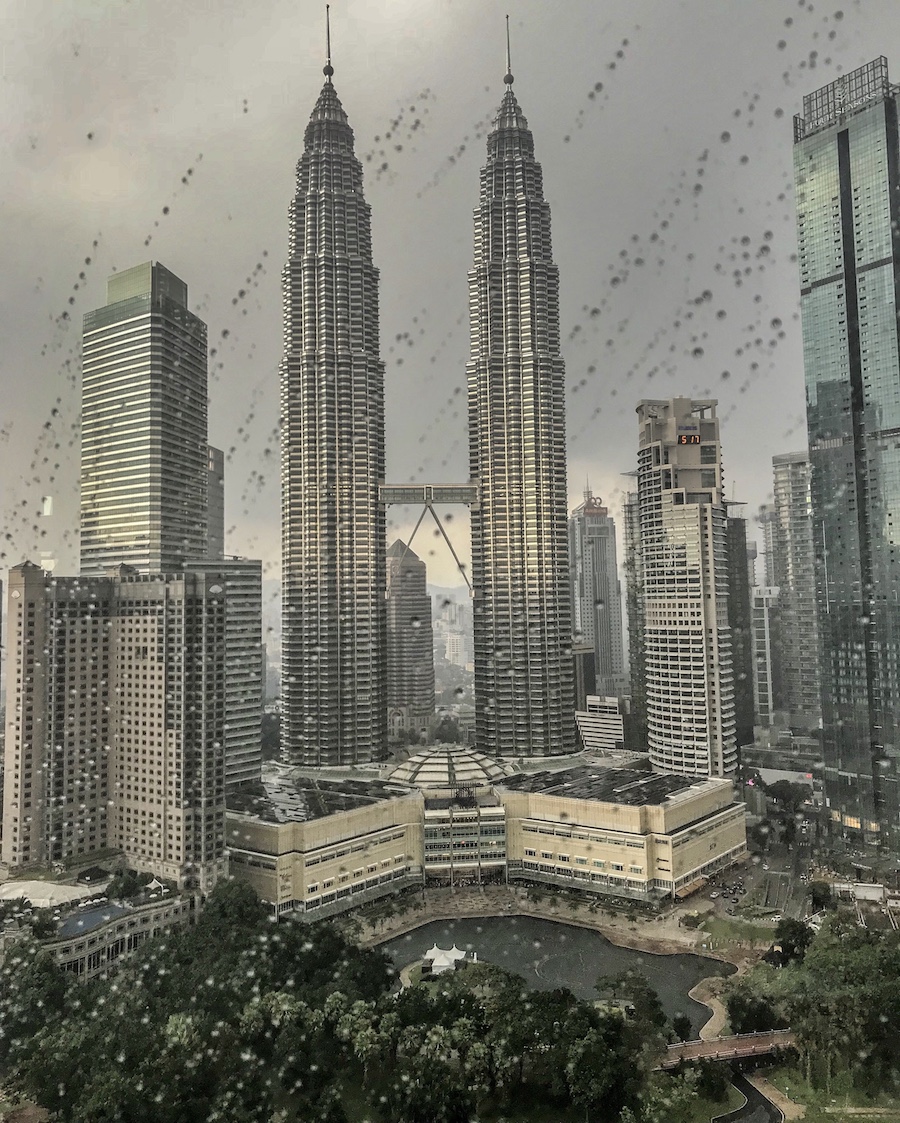
Rich Food Scene
If there was such a definition as food heaven then Kuala Lumpur would be that city. No one will ever be hungry there.
Some of the expats we met were saying that the food scene was one of the reasons they have been enjoying life in Kuala Lumpur. And that’s true. If you are a foodie, there are plenty of wonderful things to eat. Either you crave some Malaysian coconut rice, Mediterranean hummus, Indian curry or Western-style burger, you’ll be able to find it in the capital of Malaysia. Oh my, we have even found a huge food court offering Russian dumplings and lesser-known Ukrainian foods. And prices don’t bite as in nearby Singapore for instance.
Mark and I were trying to stick to home-cooked meals and only occasionally dined out. Just in the beginning, after landing in Kuala Lumpur after three long months in Vietnam we took advantage of local culinary masterwork.
Highways & Shopping Malls
Some expats will say that you don’t need a car in Kuala Lumpur since public transportation is modern and convenient. In our opinion, yes and no, and should depend on your budget.
For us, KL looks very similar to many American cities where you can definitely survive without a car but having one is very helpful. Especially if you rent an apartment far from the metro or bus stop. Or, during the weekends when your heart desires to head to the beach or tea plantations. Highways, byways and regular roads in and around KL are in excellent condition. Traffic, as in any other large city, is horrendous, but taking a cab or a bus doesn’t mean you will be avoiding it.
Another observation is about the malls in Kuala Lumpur. They are everywhere and it feels like people are living in them. I am not exaggerating. Cinemas, restaurants, entertainment, and even a regular grocery shop are often located inside a mall. You may think it’s the same as in America but in reality on a way larger scale. If you are living in Kuala Lumpur, spending lots of time in the mall is going to become your daily routine. Love it or hate it, but it is part of life in Kuala Lumpur.
Race Inequality
This thing is real, and not only regarding the race. How old you are, color of your eyes, the shape of your ears and your gender matters. I am overstating about ears of course but you get my point.
We learned about the cultural divide between ethnic groups within Malaysia when searching for jobs. Unfortunately, age, gender, and ethnicity still matters in many cases when applying for a job or trying to rent a home (perhaps in some other situations too.) Quite often ideas supporting inequality are veiled. Howbeit, until this day some job applications are openly saying that the employer is looking for a particular gender, ethnic or age group to join their team. How sad is that?
I thought I was qualified enough to apply. But it was difficult to imagine how I would be working (if accepted of course) among people who don’t appreciate diversity.
I believe it should be a number one point for anyone who is considering to live in Kuala Lumpur as an expat. Shopping malls, a variety of food and quantity of infinity pools always comes second. Just make sure you are comfortable with some aspects and can find a job where every person matters.
Have you lived in Kuala Lumpur? Have you ever visited? I would love to know if there is anything you can add to this list!
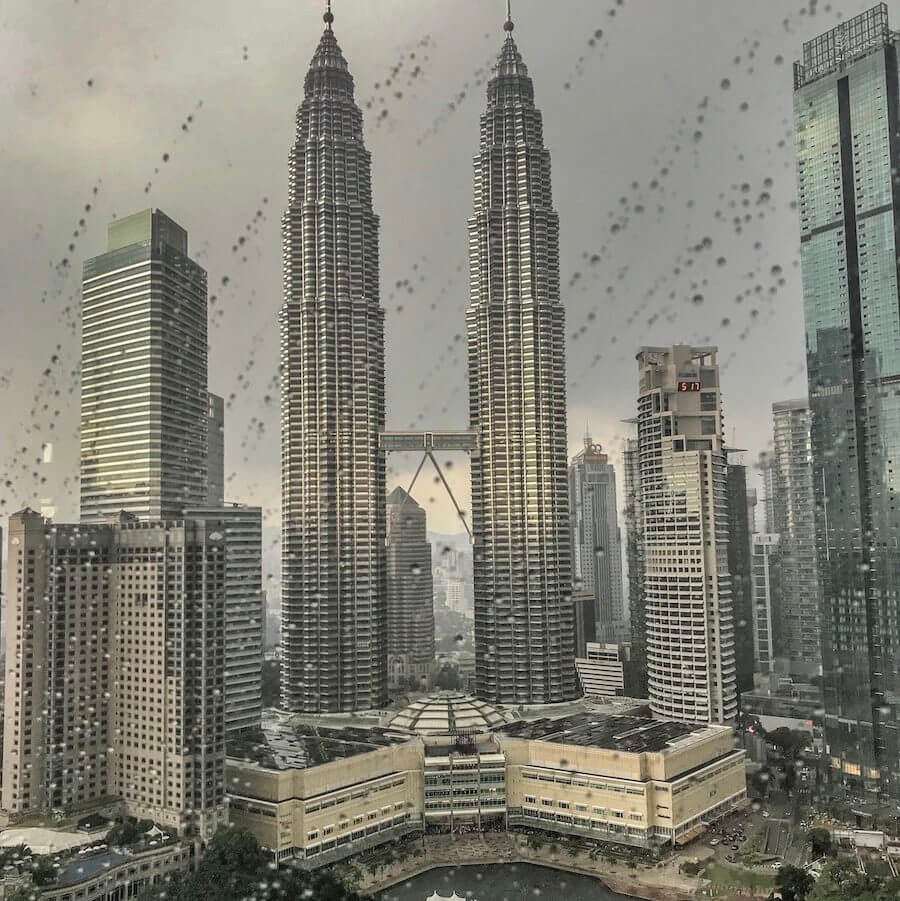
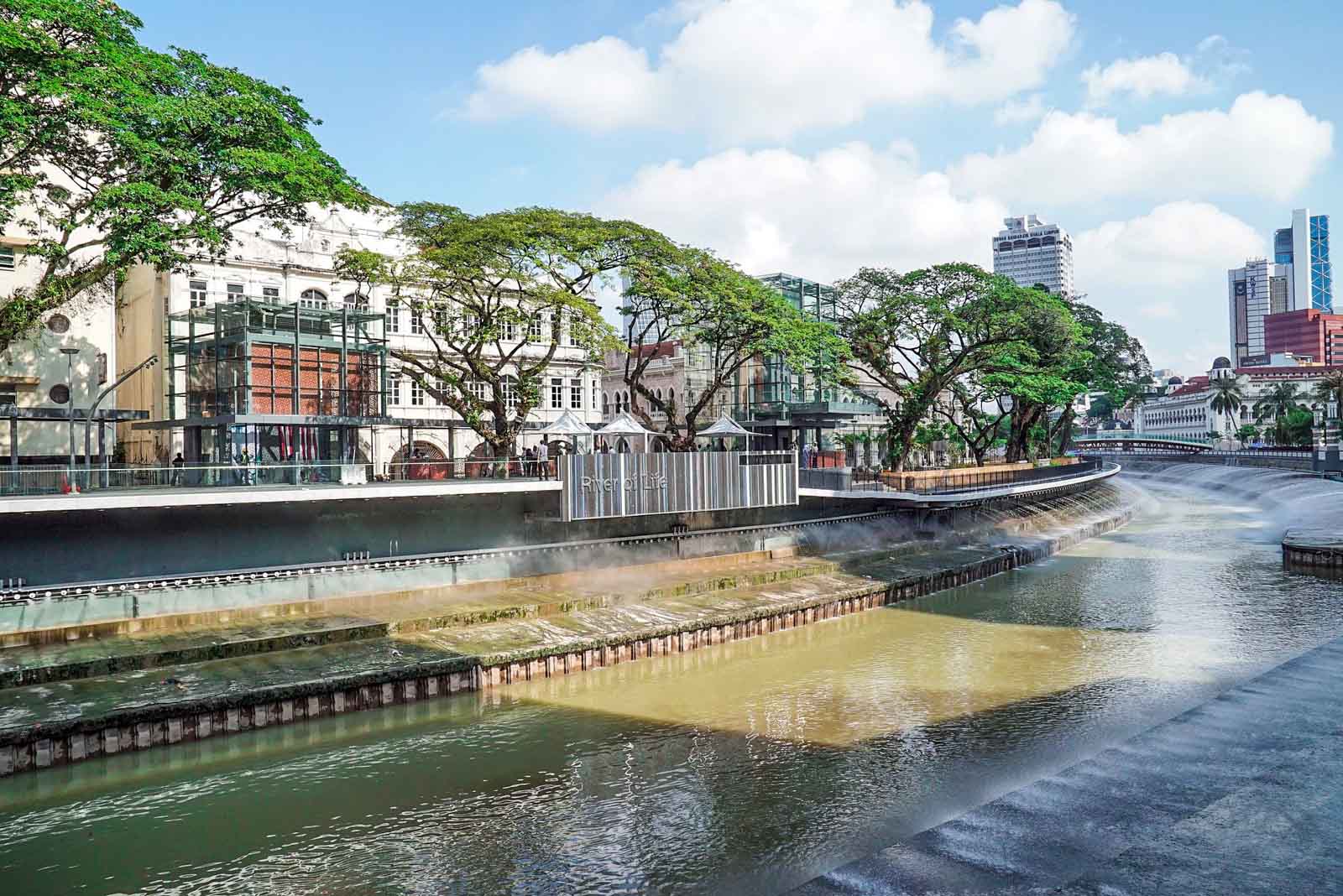
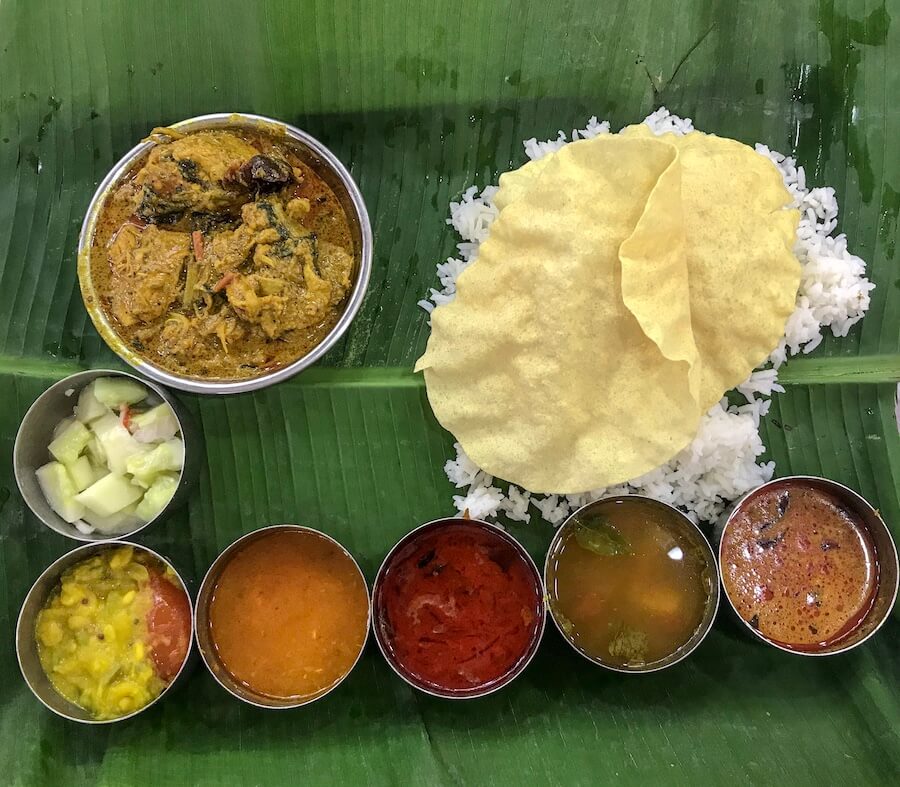
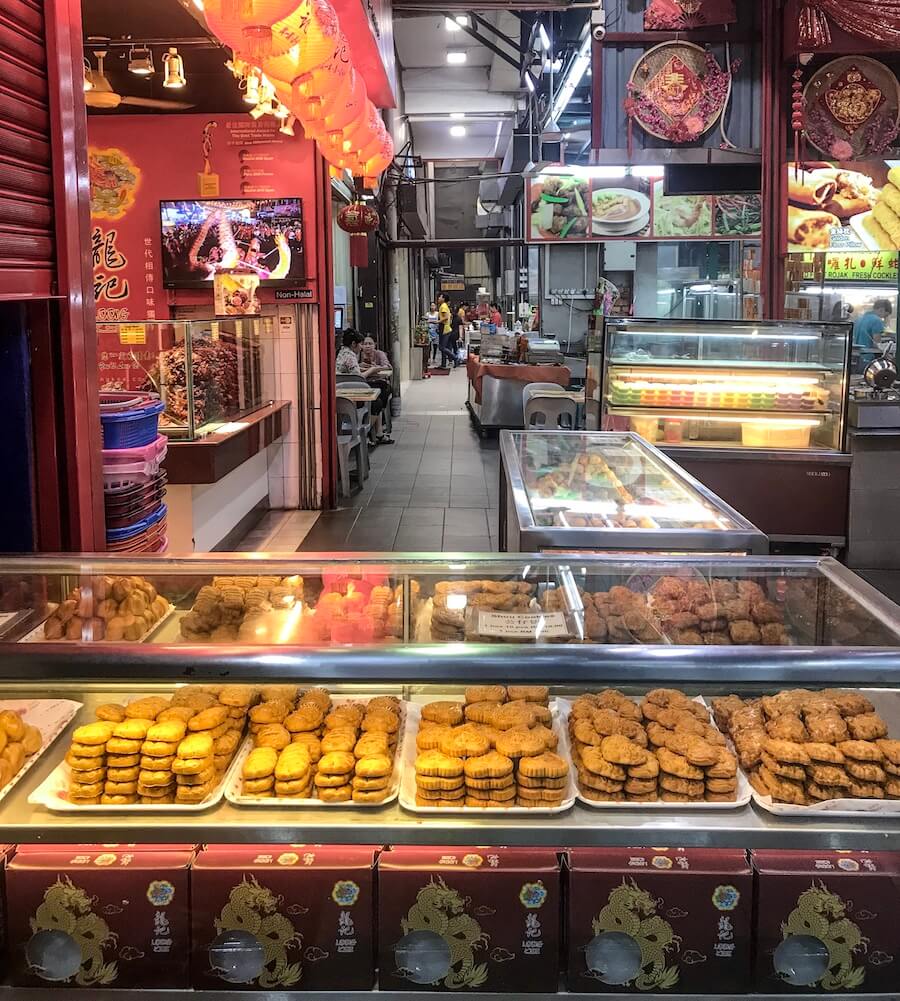
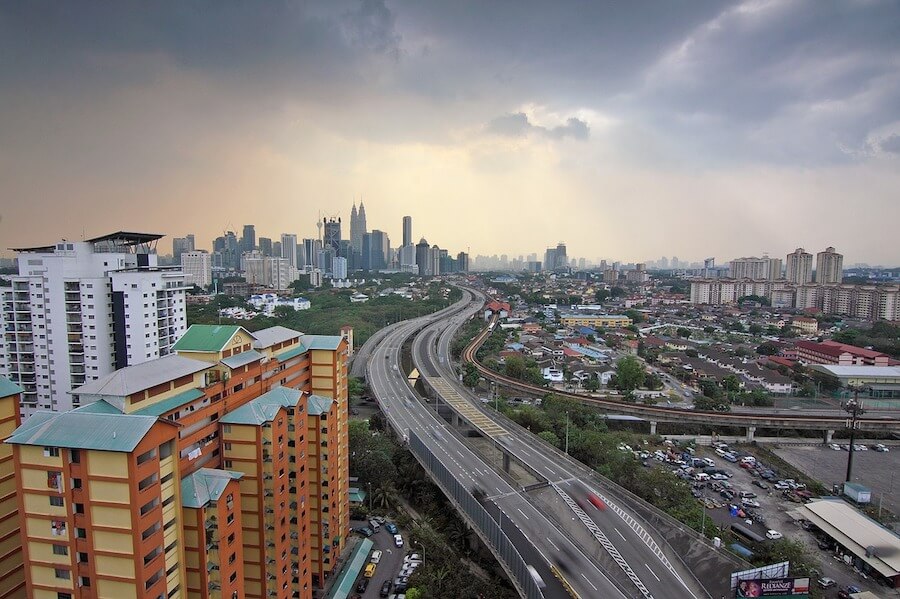
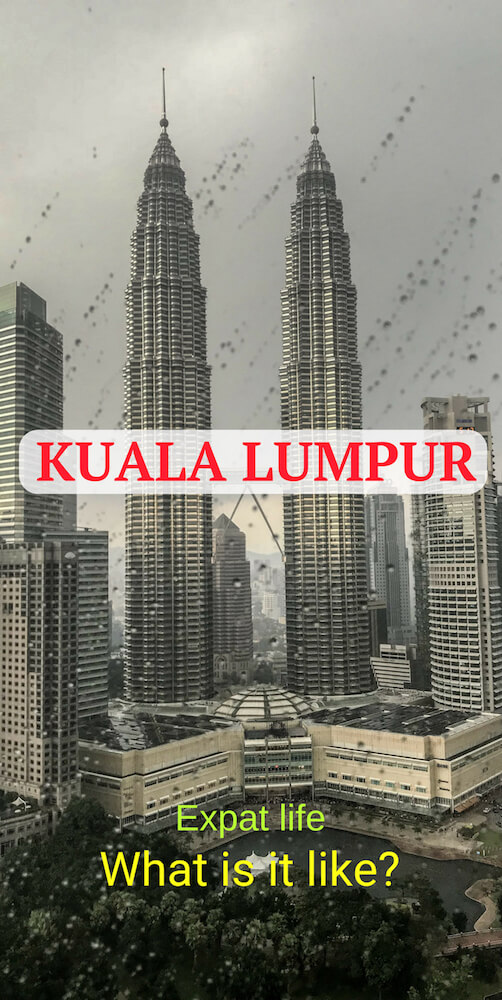

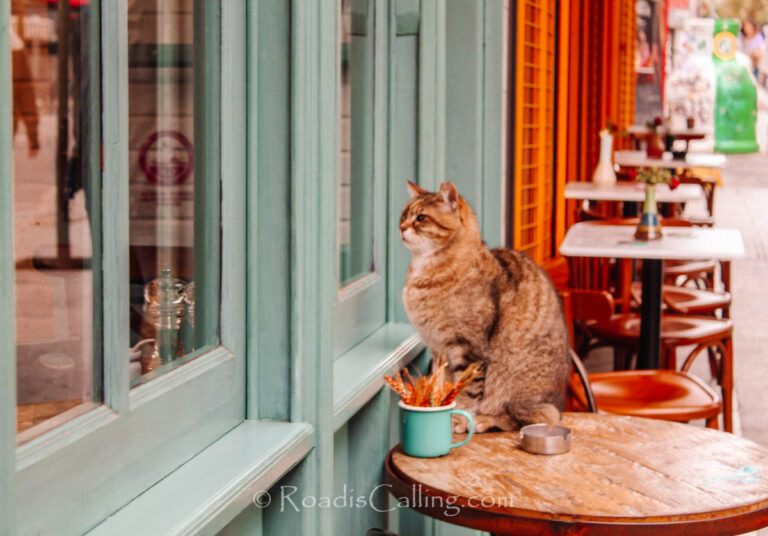

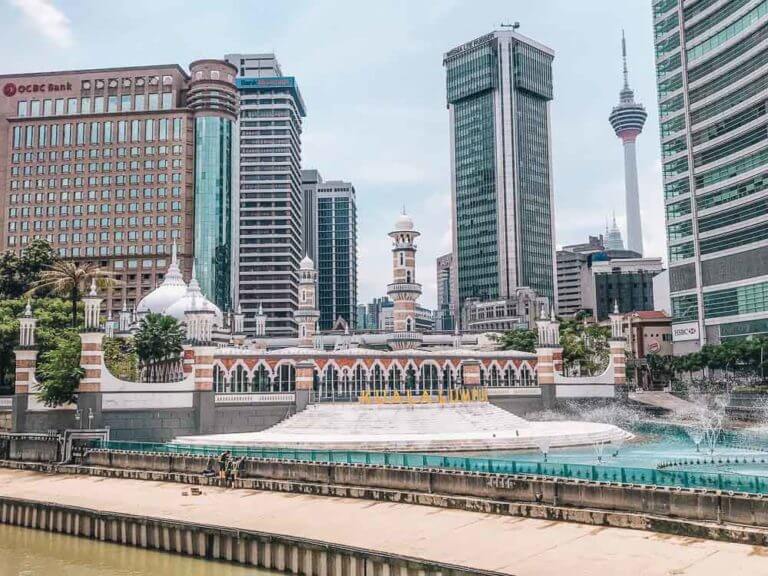
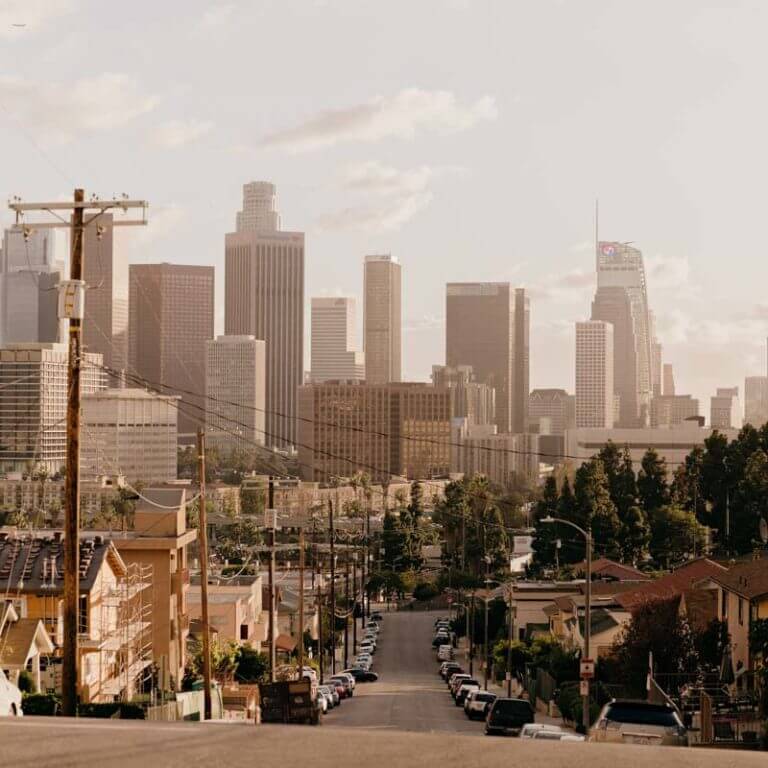
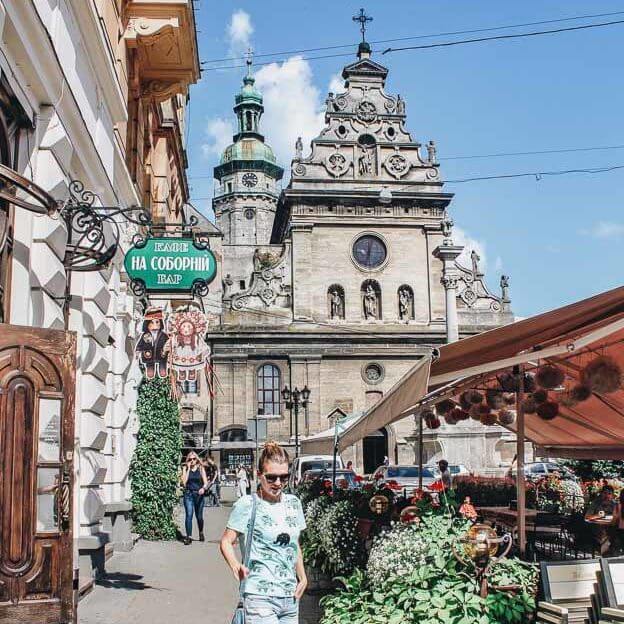
Thanks for amazing article Anya! We would like to travel to Malaysia one day 🙂
Hey Geneva, thanks for stopping by! And I am sure you’ll love this country!
Thanks for sharing, I found this really helpful
Thank you, Emily, for stopping by!
Anya,
I came across your website a year or two ago and have been reading your amazing blog ever since. Thank you for the detailed article about life in Kuala Lumpur. I like how you wrote with a perspective of the disadvantages and advantages of daily life in the city instead of only showing the tourist’s point-of-view. As someone who has considered relocating to KL, I appreciate your insight.
Caleb, I am so happy to hear you have been reading me for that long, yay! And I am really glad this post was able to answer some of your questions!
Thank you very much for that insightful text!
What is that food court featuring Ukrainian food you mentioned? And is there something like a community of Ukrainians?
Hi Luka, we were buying Ukrainian food at one stall at the Food Republic pavilion but it was years ago, so I am not sure they are still there.
As of now, I see Astana restaurant (Kazakh food restaurant) that also has some Ukrainian dishes on the menu like borsch, buckwheat with stewed meat, stuffed cabbage leaves, “shuba” salad, and a few desserts. That’s pretty much it.
For the Ukrainian community, the one I know about is on Facebook but it is only for Ukrainians who speak Ukrainian, so I am not sure you will be able to join. Sorry, I am not of much help here!